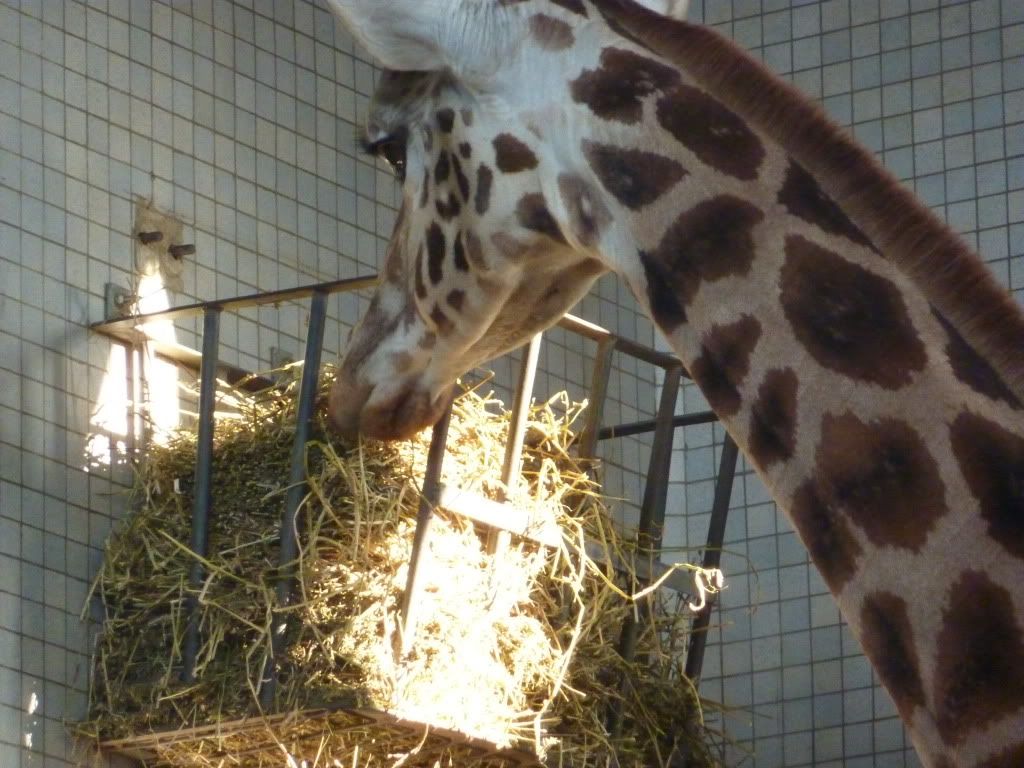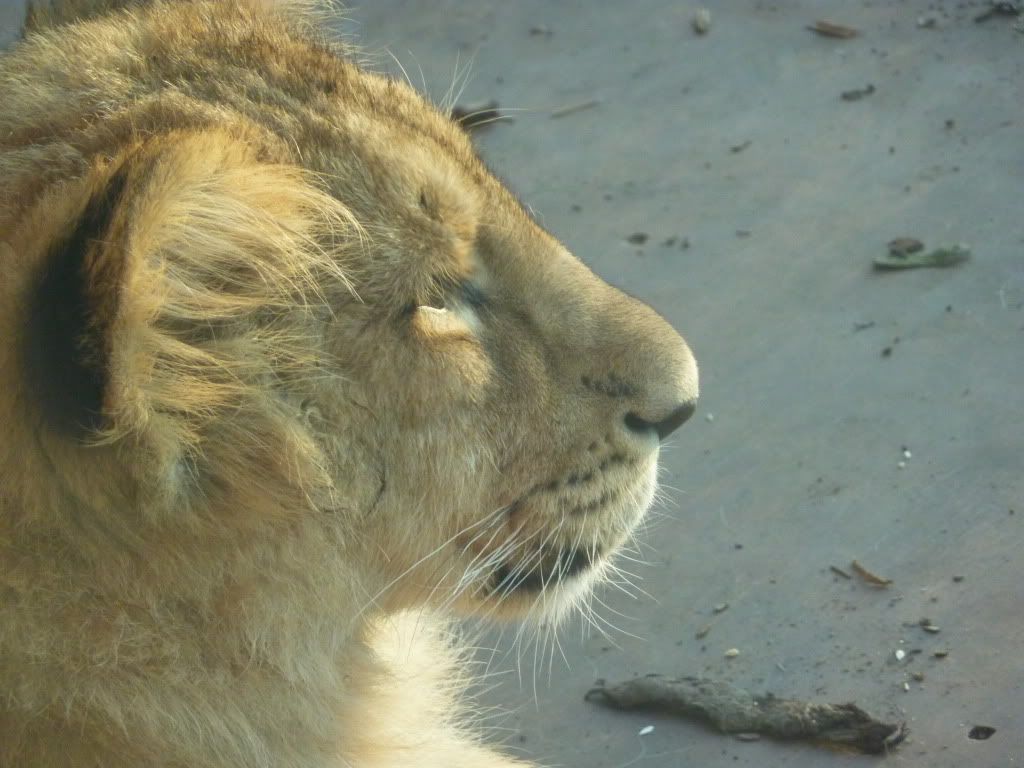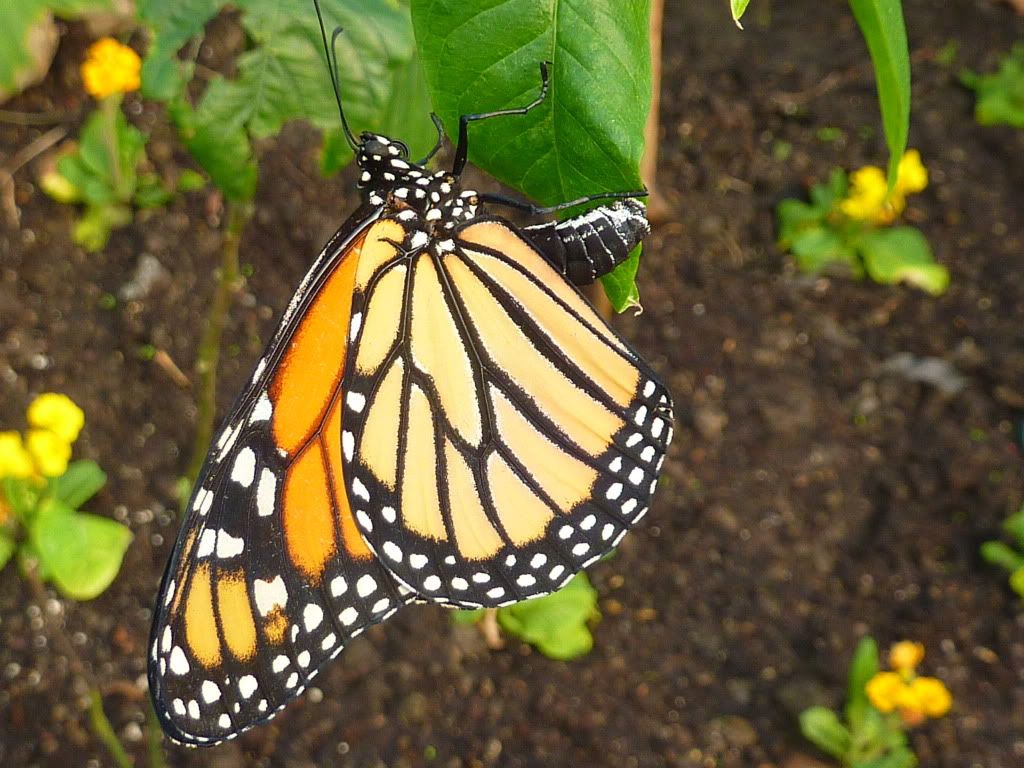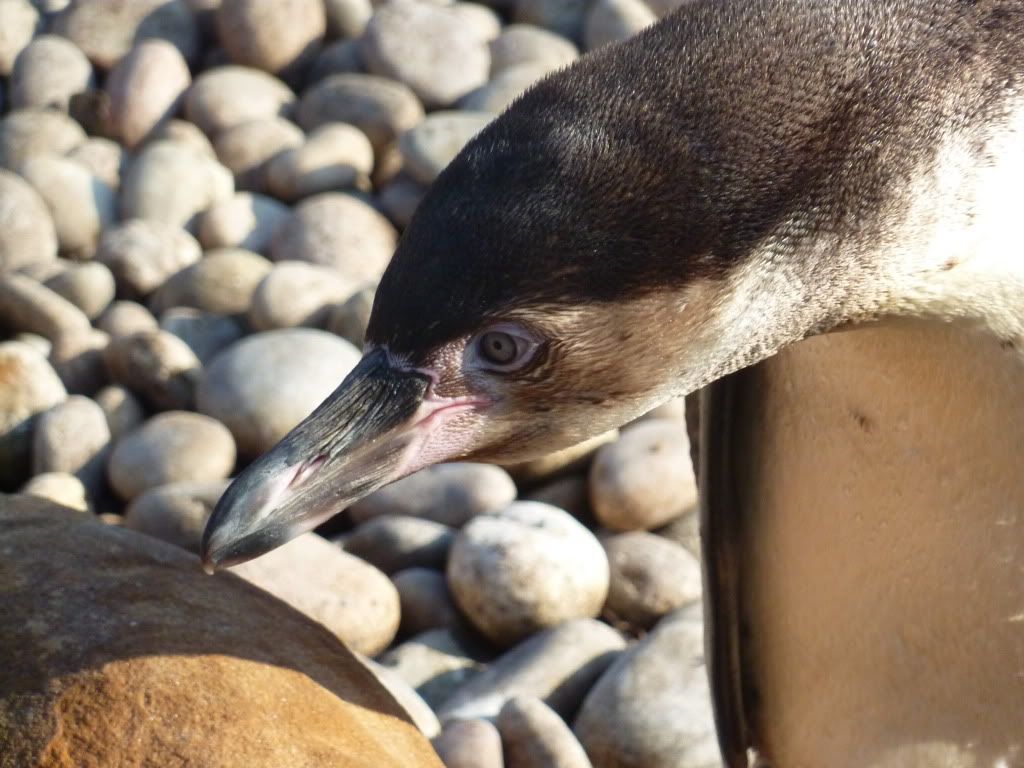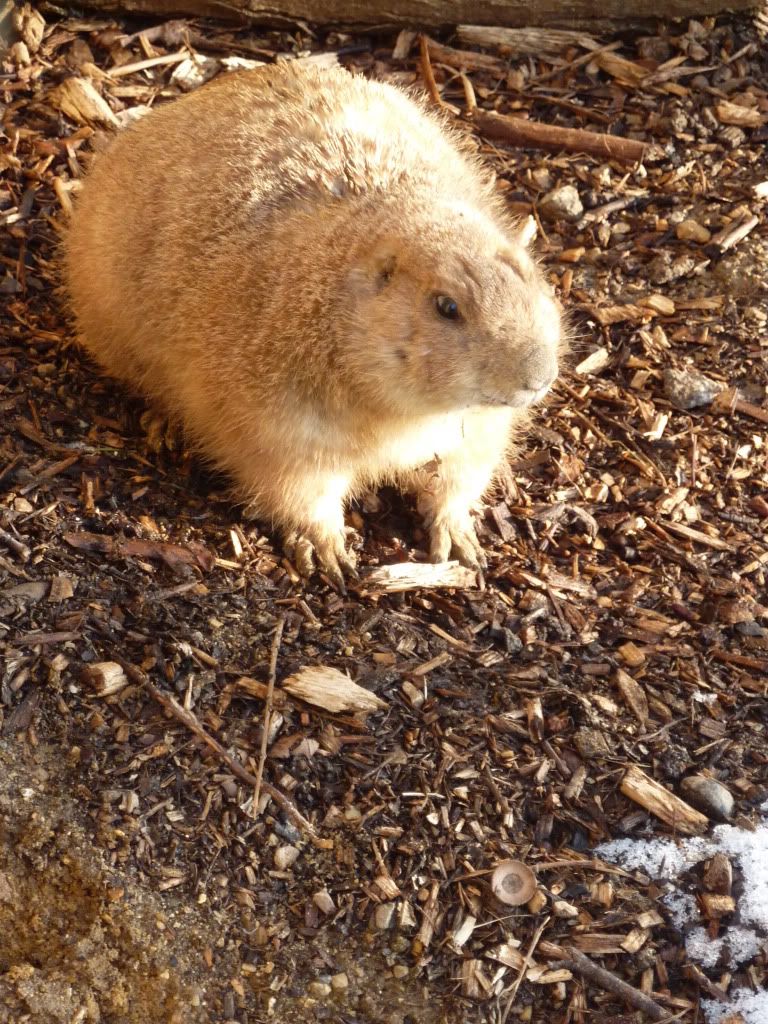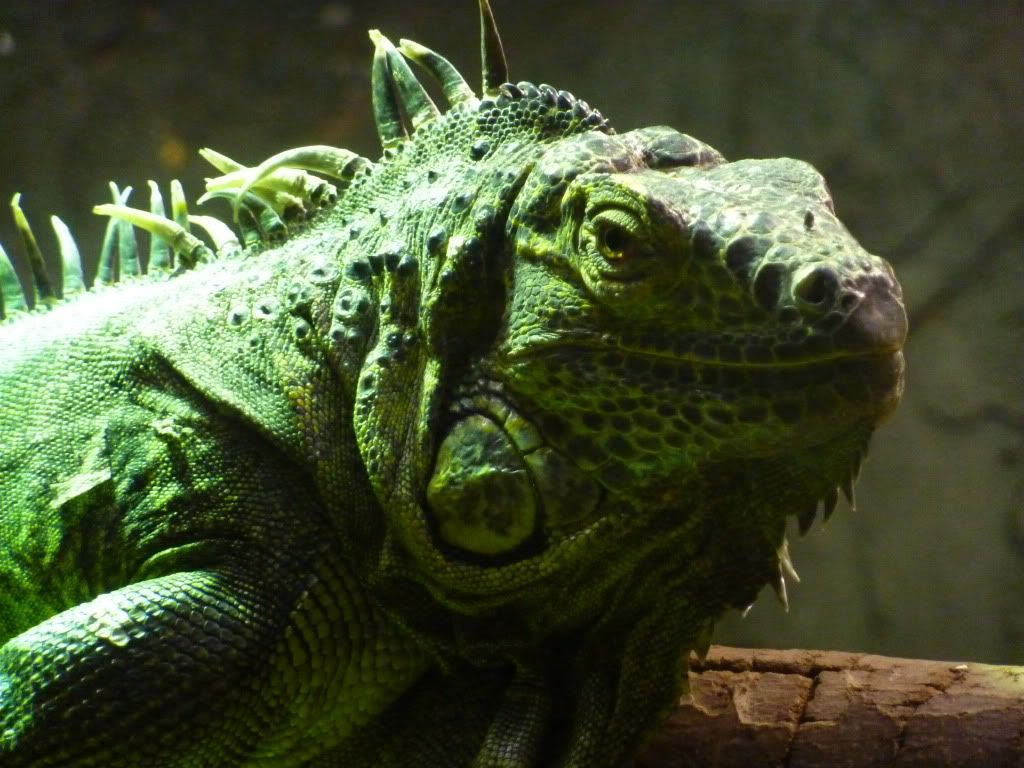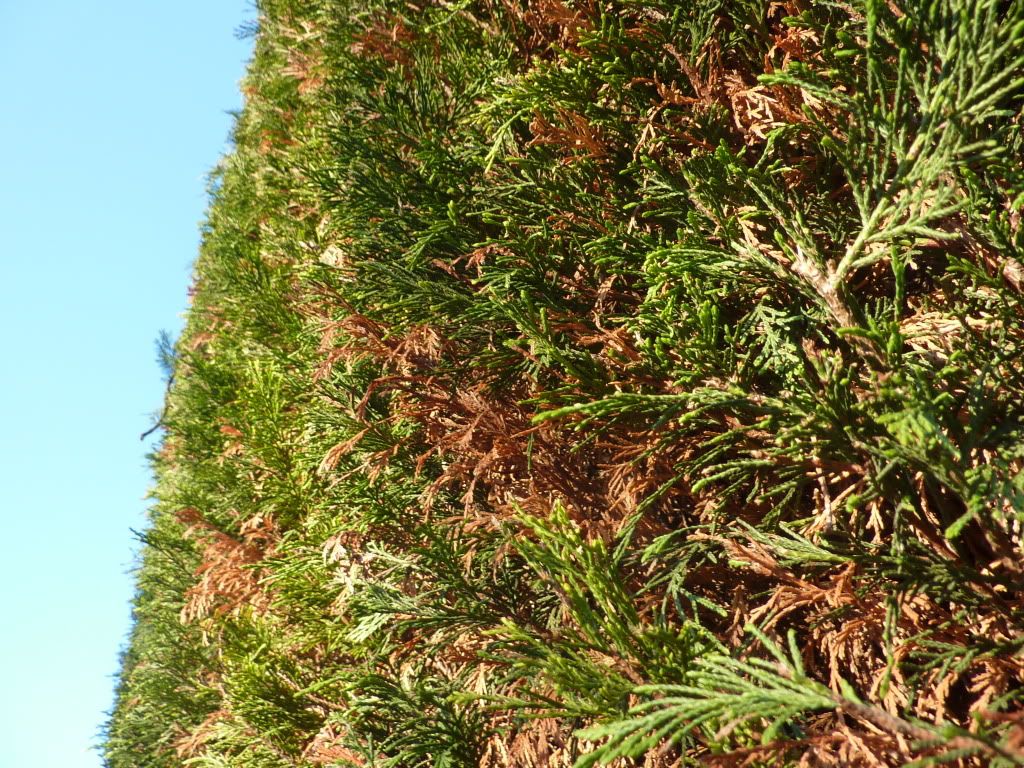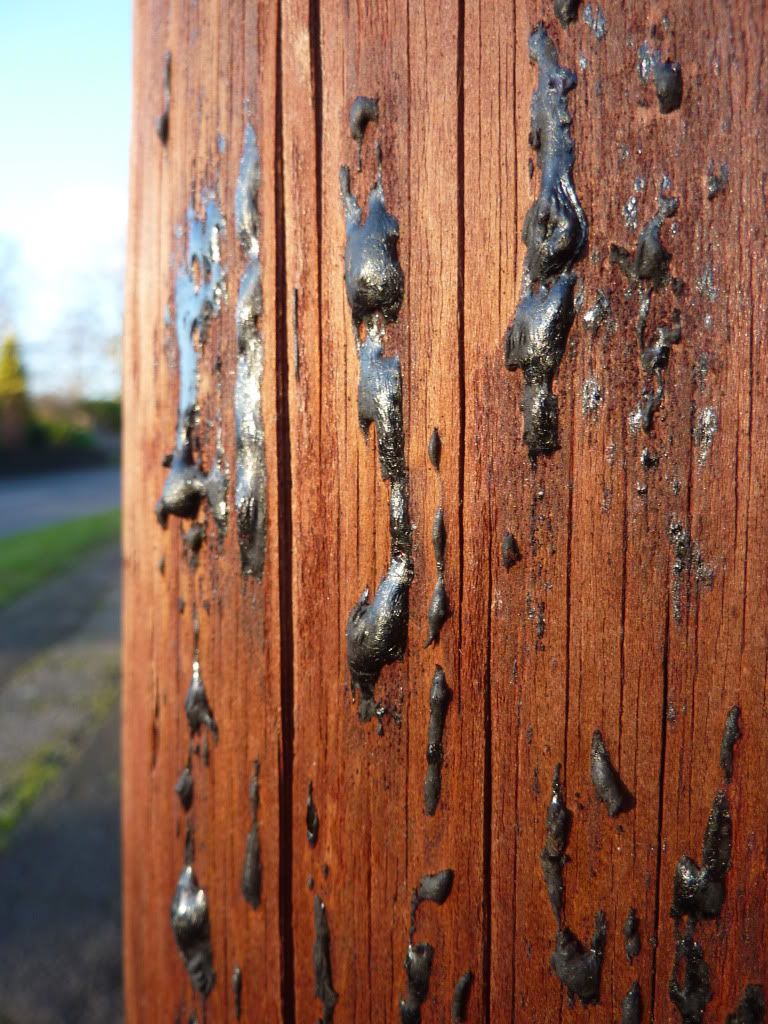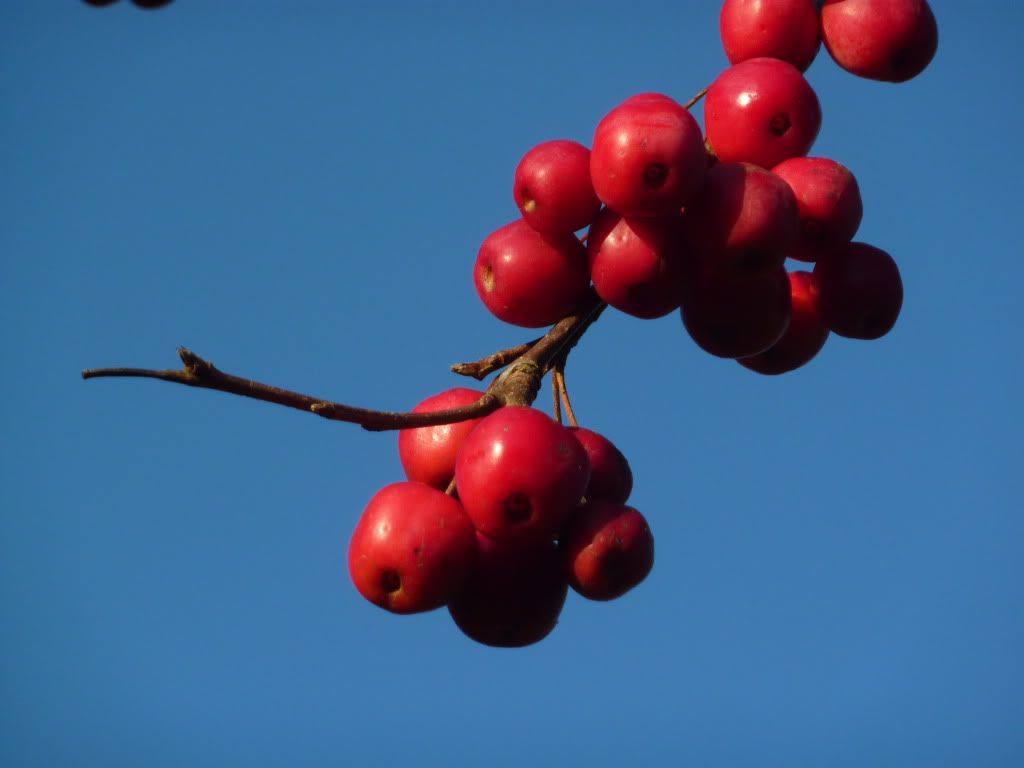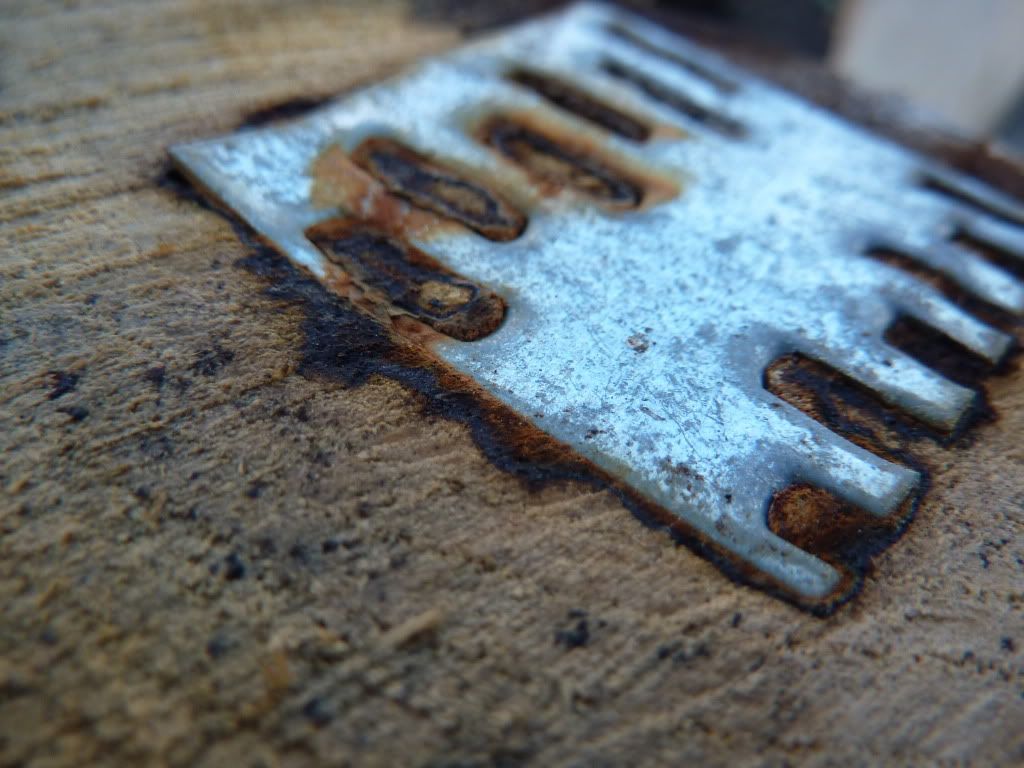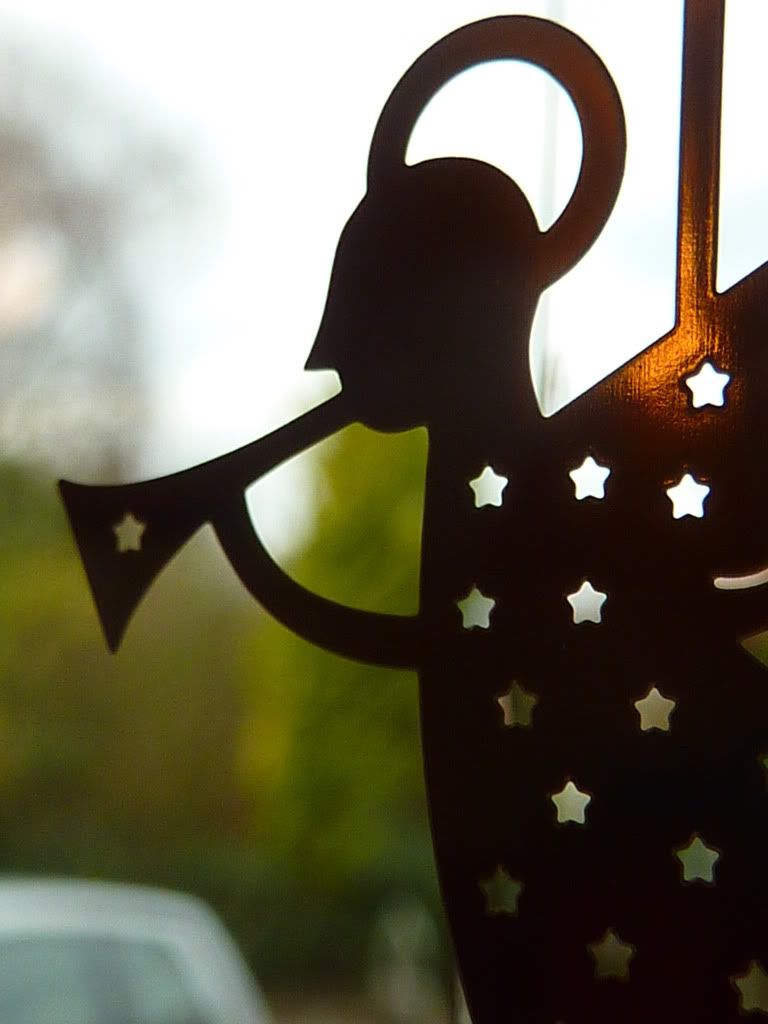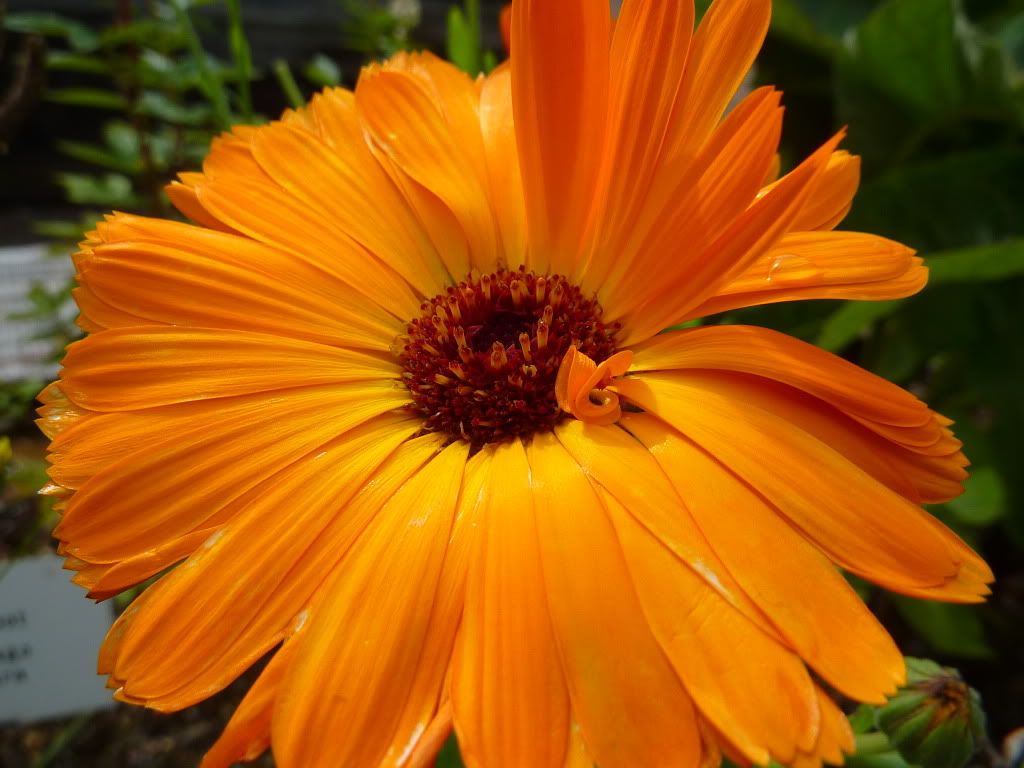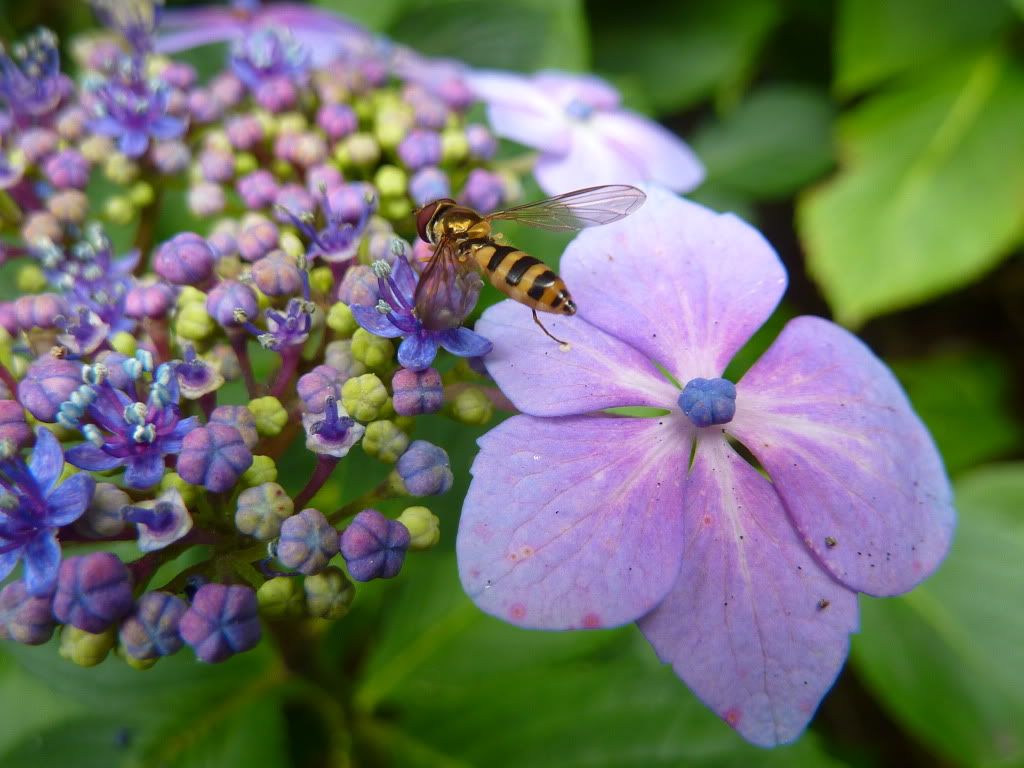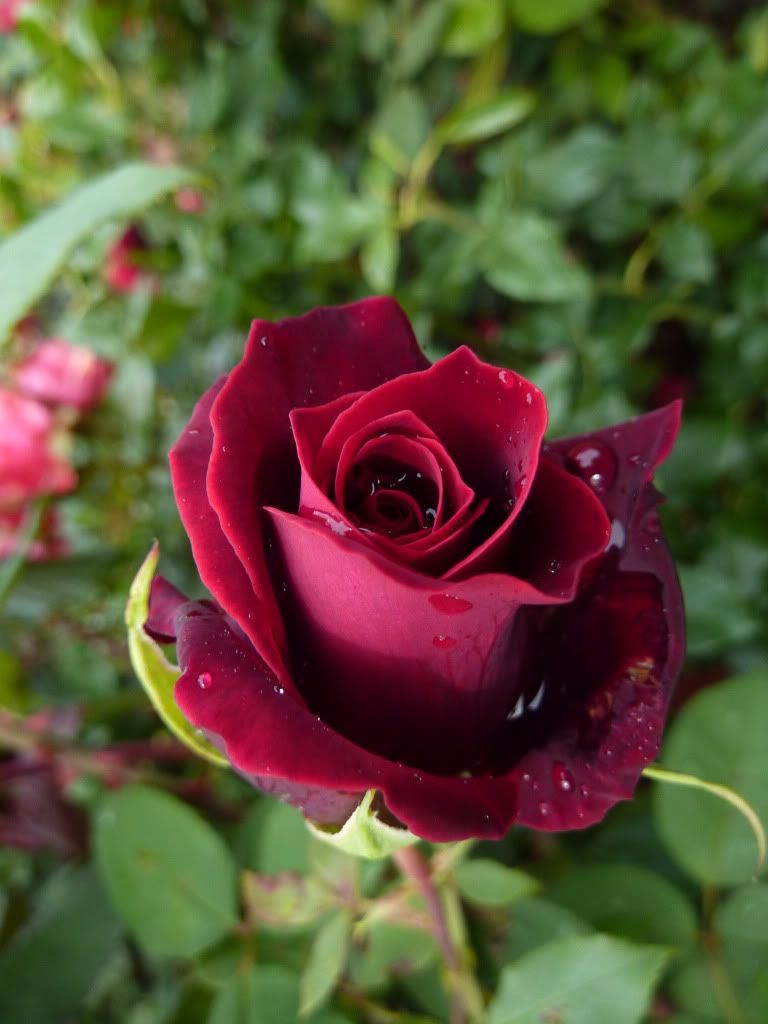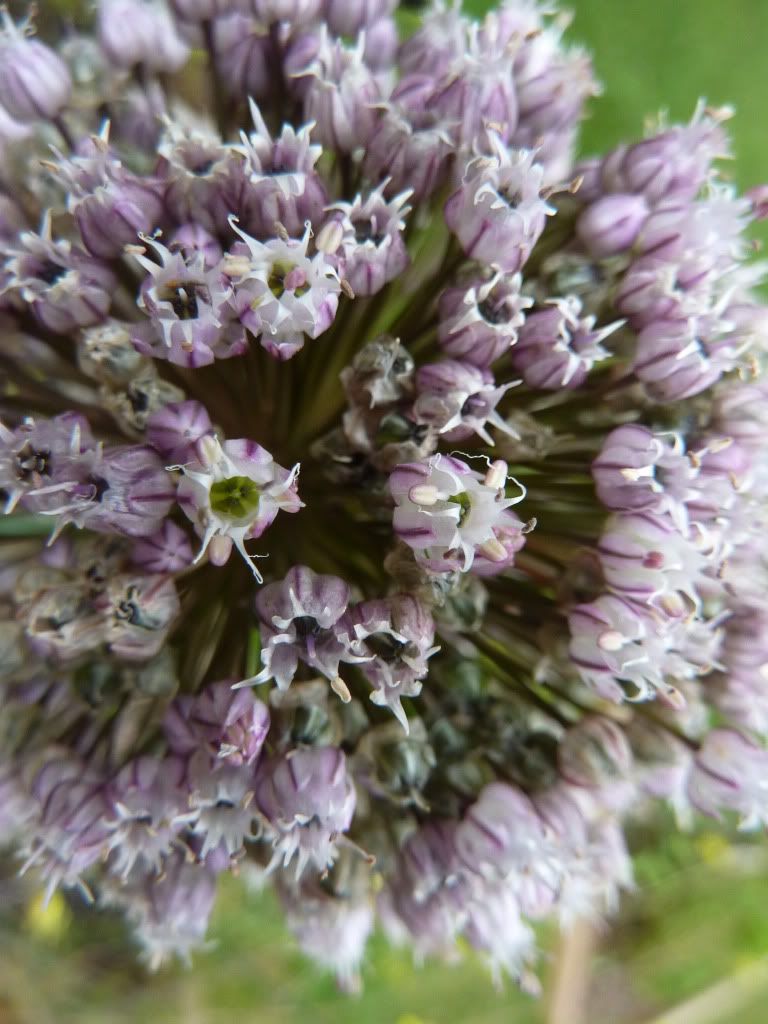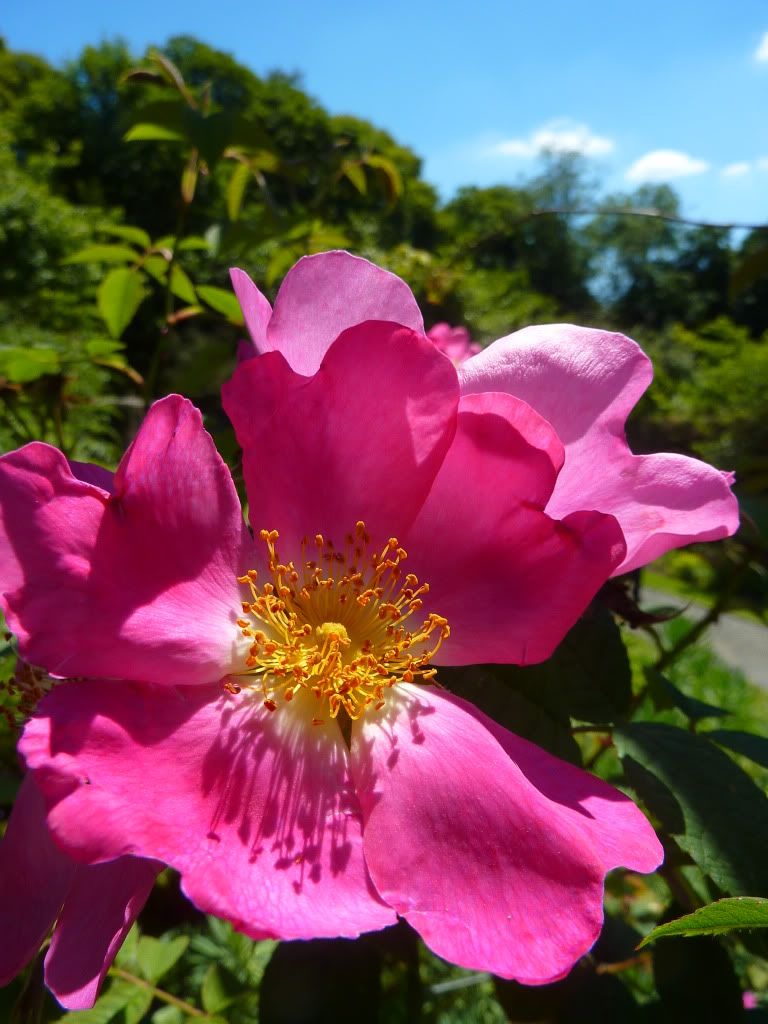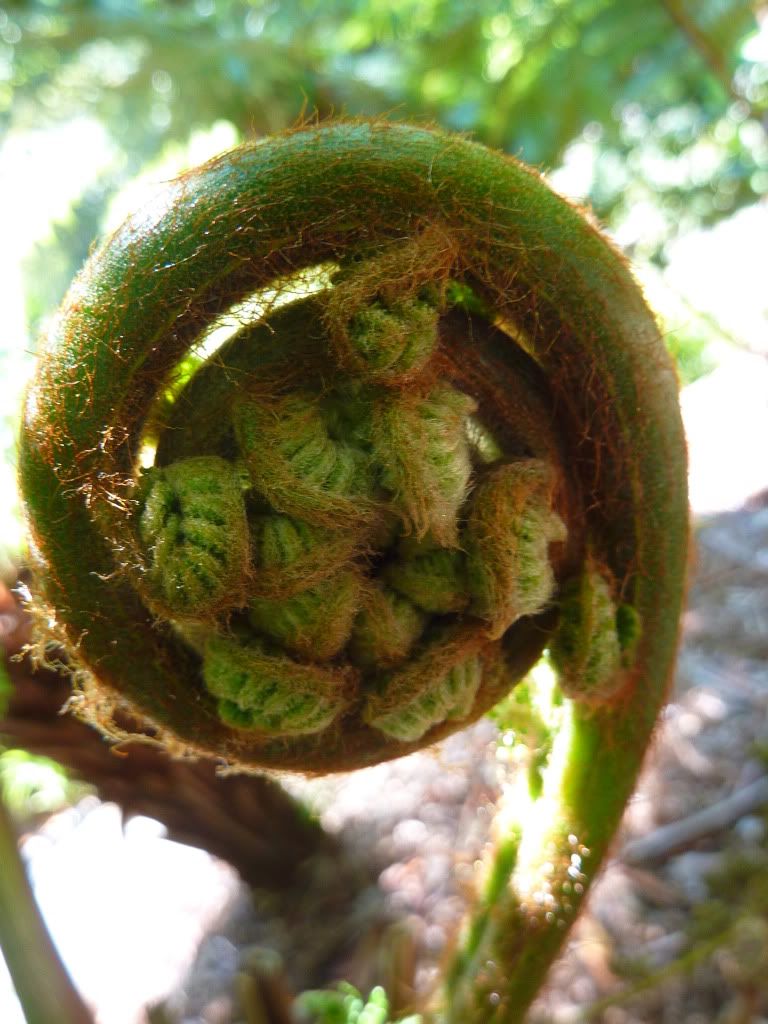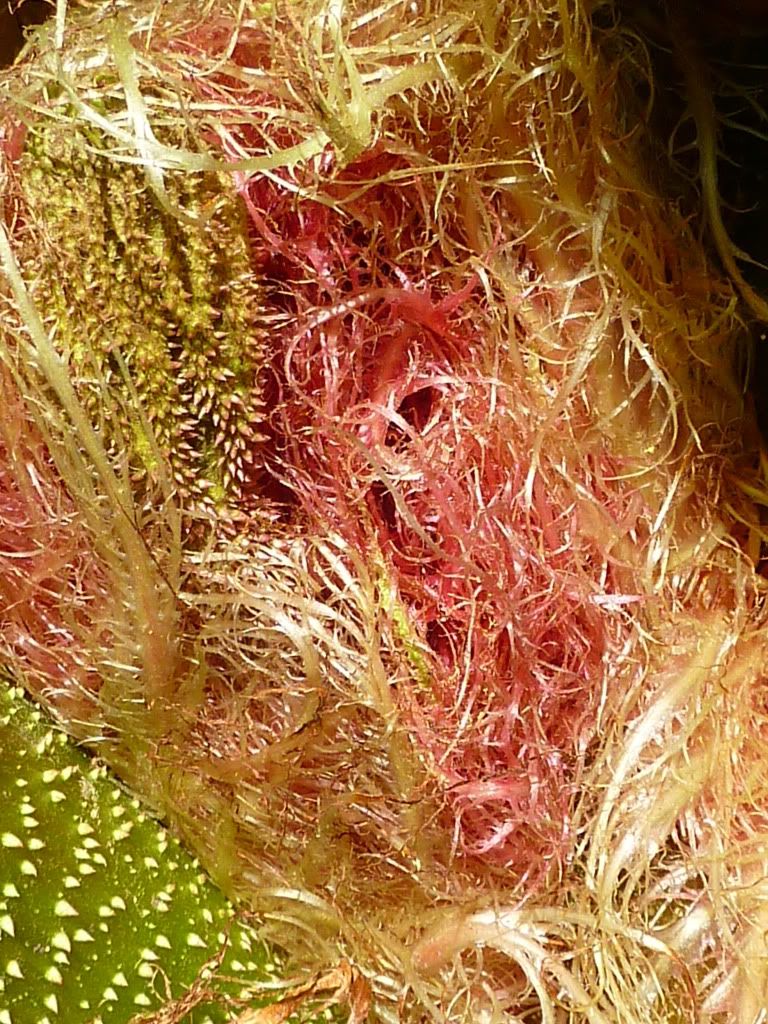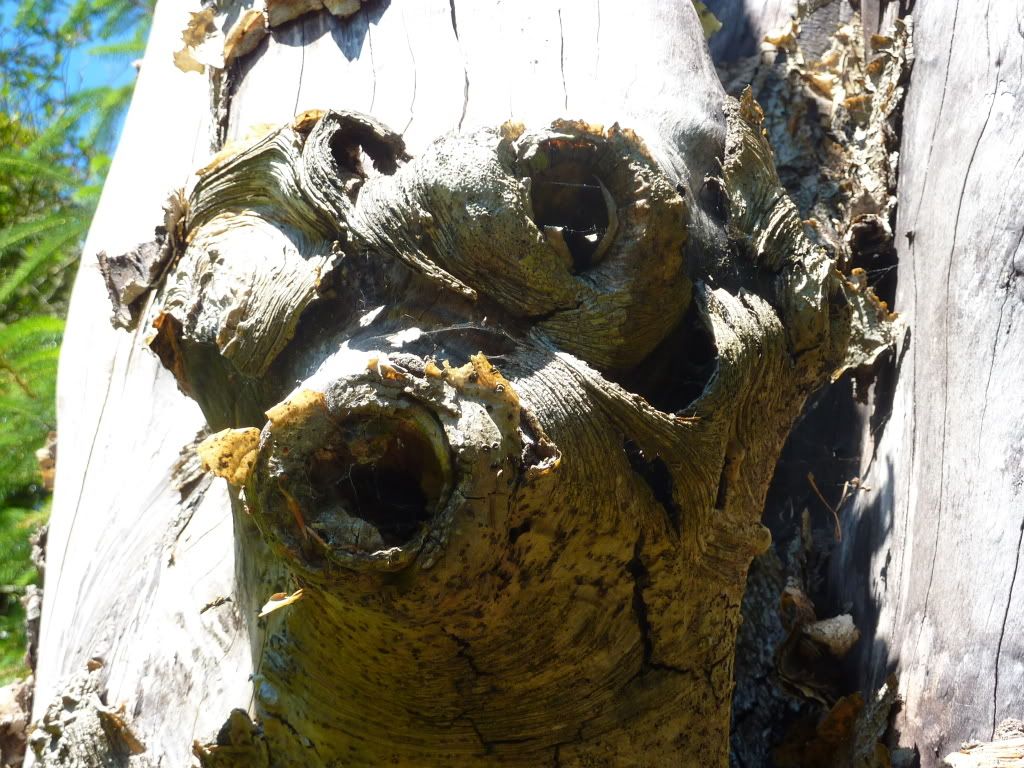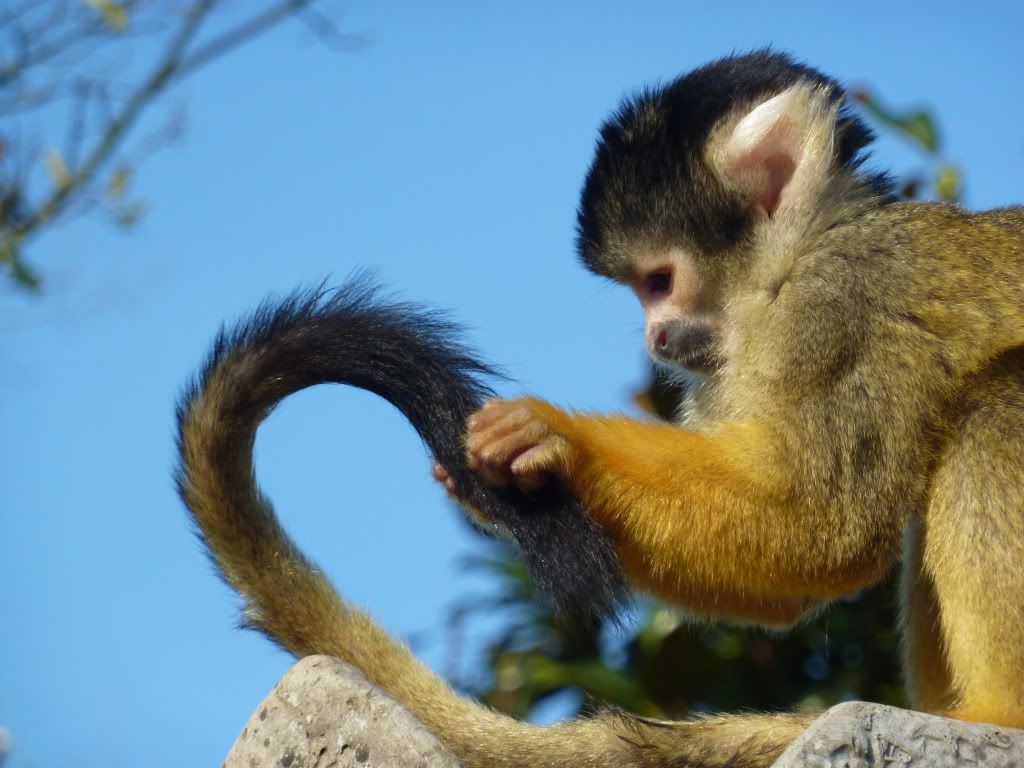 |
| Common Squirrel Monkey |
As promised, another
squirrel monkey photograph, taken on my recent trip to London Zoo. Whilst I took dozens of photos of the monkeys, it was admittedly tricky to get pictures of them that weren't crazily blurry. They don't like to sit still (probably because in the wild this might result in being
eaten).
The
Common Squirrel Monkey comes from the
Amazon Basin in South America, and lives in the middle canopy of the rainforest. At first, when I saw the monkey in this photo carefully examining and later nibbling his tail I wondered what he was doing, but apparently squirrel monkeys have a habit of
smearing food onto their tails, and may smear
urine all over themselves as well. A charming habit! I suspect that advertising that particular fact in the squirrel monkey enclosure would actually be more effective at persuading people not to try to touch the monkeys than all the signs warning that they bite.
An interesting fact about squirrel monkeys relates to their
colour vision; in these monkeys, one gene on the X chromosome codes for colour vision, and there are three versions of this gene, each of which produces a pigment sensitive to a different wavelength of light. Because male squirrel monkeys have only one X chromosome, they are
dichromatic (i.e. any colour which they can see can be created using a mixture of just two pure spectral lights - similar to what we call colour blindness in humans); however, because female squirrel monkeys have two X chromosomes, about two-thirds of them have
trichromatic vision like humans (i.e. a mixture of three pure spectral lights is required to create all the colours which they are able to see). Researchers have successfully used
gene therapy to give adult male squirrel monkeys trichromatic colour vision.
